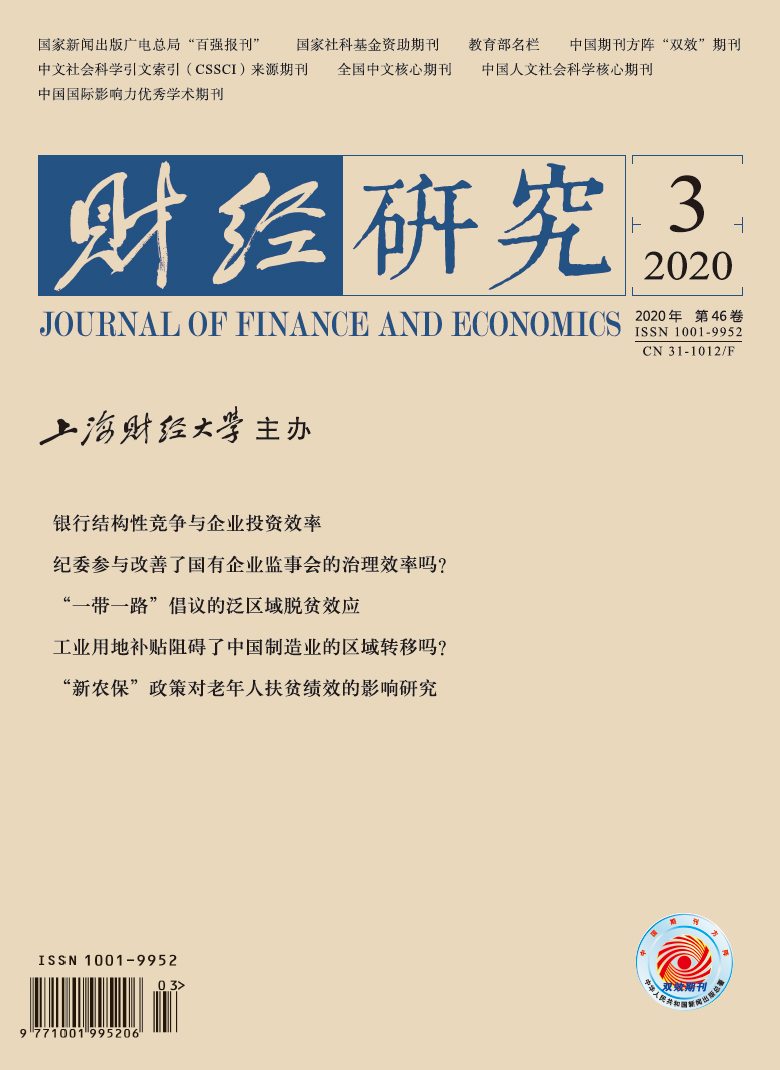China’s rapid development in the past 40 years has attracted worldwide attention. However, the industrial development of different regions in China shows a highly unbalanced feature. And with the development of economy, this regional difference has not been effectively reduced. We believe that industrial land subsidies under regional competition are an important reason to hinder the transfer of manufacturing industries among regions.
Using 2000-2015 city panel data, this paper evaluates the effect of industrial land subsidies on industrial development. We construct a policy variable based on the minimum industrial land price policy in 2007 to identify the causal effect of industrial land subsidies on regional industrial transfer. Firstly, we build a difference-in-difference(DID)model to evaluate the effect of reduction in industrial land subsidies on industrial development. The DID regression shows that the more industrial land subsidies fell, the more the number and output value of industrial enterprises fell. Then we build a triple difference(DDD)model to explore how reducing industrial land subsidies lead to the regional transfer of industries. The DDD regression confirms that industrial land subsidies significantly hinder regional industrial transfer. After reducing industrial land subsidies, enterprises have the trend of transferring from developed cities to underdeveloped cities, and from the eastern region to the western region. This study confirms the previous conjecture that it is the industrial land subsidies that hinder the regional transfer of Chinese manufacturing industry. Because of the existence of industrial land subsidies, the land costs for enterprises have basically not changed while the economy develops rapidly and unbalancedly, which reduces the incentive of enterprises in developed regions to transfer to underdeveloped regions.
This paper also analyzes the heterogeneity of the impact of the minimum industrial land price policy. After the reduction of industrial land subsidies, industries in eastern and middle regions begin to shift to the western region. The policy has little impact on state-owned enterprises, but it will significantly reduce the total output value of non-state-owned enterprises.
The research of this paper is a good complement of relevant literature. Previous literature lacks research focusing on the role of industrial land subsidies in regional industrial transfer. Based on this paper, we believe that reducing the competition among local governments and accelerating the marketization of industrial land price will bring about the regional transfer of industry, which may promote the balanced development among regions, and force the structural change and industrial upgrading of developed regions.





 , 1
, 1 4790
4790  4211
4211

